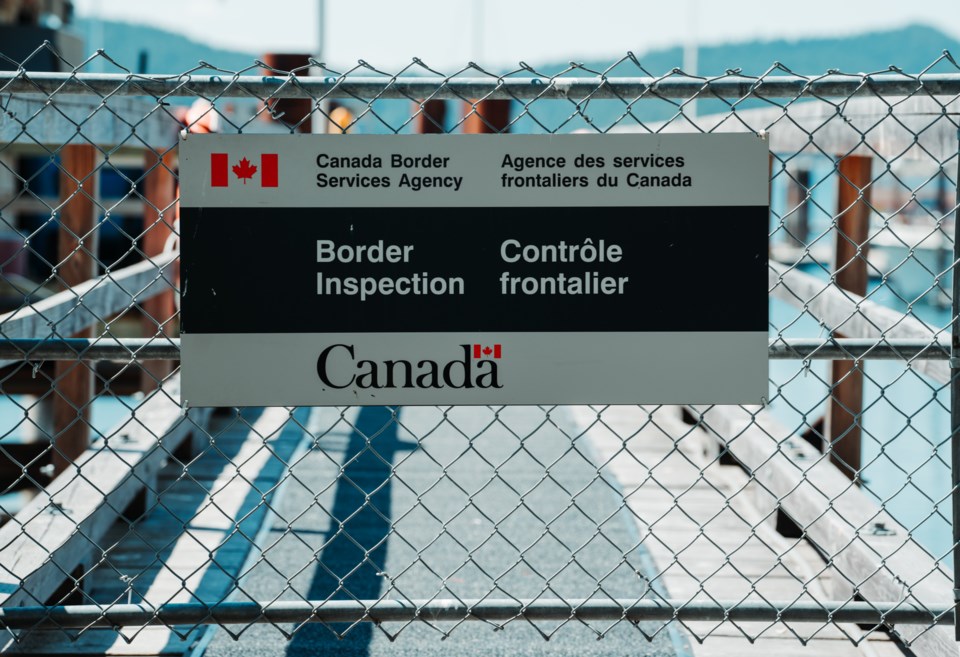As Canadian snowbirds pack up after a sun-soaked winter down south, the Canada Border Services Agency (CBSA) and the Canadian Snowbird Association are reminding travellers to prepare for a smooth return—and to be aware of new tariffs on certain goods from the United States.
In response to tariffs the US has placed on Canadian-made products, the Government of Canada has imposed a 25% counter surtax on a selection of US goods entering Canada. The CBSA is responsible for collecting this surtax at the border, in addition to any regular duties and taxes owed.
This means that if you’re bringing back purchases made while abroad, you could be subject to an added cost at the border—especially if your goods fall outside your personal exemption or appear on the surtaxed product lists. These lists are available on the Department of Finance website, with surtaxes currently in effect for goods as of March 4 and March 13.
The good news? All Canadian residents returning home are entitled to a personal exemption, which allows you to bring back a certain amount of goods without paying duties or taxes. For example, if you've been outside the country for 48 hours or more, you can bring back up to $800 CAD worth of goods duty- and tax-free. The 25% surtax only applies to the value of goods exceeding that exemption.
How the US Tariffs Are Calculated
If you’re bringing goods back from the US that fall outside your personal exemption, you may be subject to a 25% surtax. This surtax is calculated based on the "value for duty"—the value of the item before any Canadian taxes like GST or HST are applied.
Here’s how it works:
Let’s say you purchased an item in the U.S. with a value for duty of $50. The 25% surtax would be calculated as:
- $50 x 25% = $12.50 surtax
How to Know If the Tariff Applies
Tariffs (in the form of the 25% surtax) apply if the item meets any of the following criteria:
-
It is marked as made in, produced in, originating in the US
-
It has no country-of-origin label, and there is no clear evidence that it was made elsewhere
-
It was acquired outside the US, but is clearly marked as US-made
The burden of proof lies with the traveller. If you believe an item was made outside the U.S., you may be asked to provide documentation to support that.
What’s exempt?
Goods purchased in the US but manufactured in another country—like a shirt labelled Made in Bangladesh—are not subject to the surtax. The key factor is where the item was produced, not where you bought it.
Some of the items that may have new charges include:
- Clothing, linens and other textiles
- Footwear
- Appliances
- Ceramics
- Jewellery
- Meat products like poultry, sausages and pork
- Dairy products like milk, cream, cheeses, yogurt and butter
- Eggs
- Honey
- Tomatoes
- Citrus fruit
- Melons
- Coffee
- Spices and seasonings like cinnamon, nutmeg, vanilla, nutmeg, anise and more
- Wheat, rye, rice and barley
- Oils - including canola, sunflower, palm oil, ground-nut oils, and margarine
- Molasses, sugars, chocolates, and confectionery
- Wood products
A complete list is available from the Government of Canada.
To help avoid delays or unexpected charges at the border, keep your receipts organized and readily accessible. In some cases, you may be asked to show proof of where your items were made, so documentation like product labels or invoices can be helpful.
And whether you’re travelling by car, plane, or boat, make sure your travel documents are in order and that you’ve reviewed the CBSA’s travel tips before heading back.
A little preparation goes a long way in making your journey home as comfortable and stress-free as your time away.
Safe travels—and welcome home!




